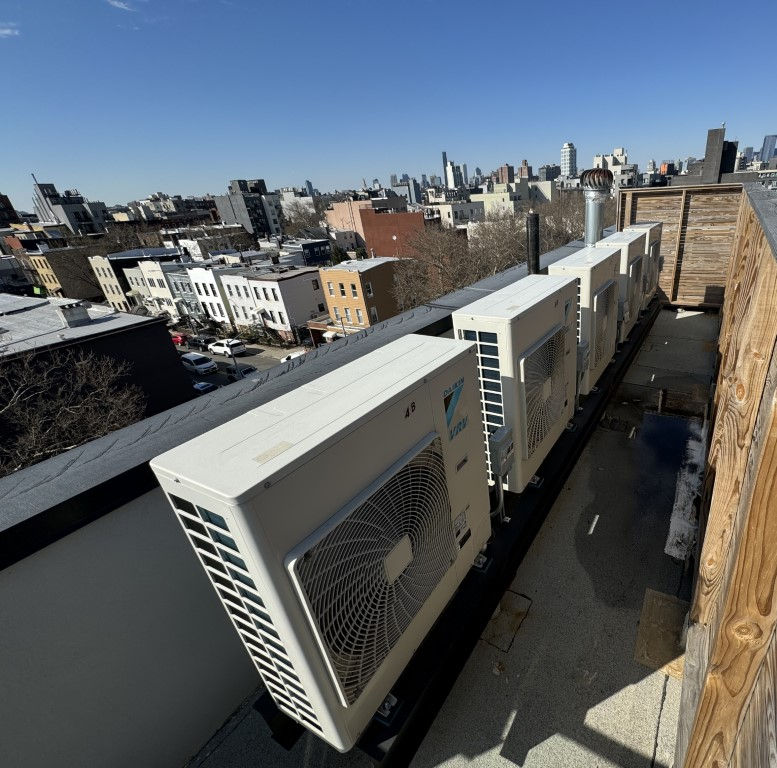How an Infrared Thermometer Can Revolutionize HVAC Assessments: A Gift Guide for MEP Engineers
- Built Engineers

- Aug 12, 2024
- 2 min read
Updated: Mar 21

In the world of Mechanical, Electrical, and Plumbing (MEP) engineering, precision and efficiency are paramount. Among the various tools that help MEP engineers maintain, optimize, and troubleshoot HVAC systems, the infrared thermometer stands out as a game-changer. Not only does it provide crucial data for assessments, but it also makes an excellent gift for professionals in the field. Here’s why an infrared thermometer is indispensable for HVAC assessments and why it should be on your gift list for an MEP engineer.
The Power of Infrared Thermometers in HVAC Assessments
Quick and Accurate Temperature Readings
Infrared thermometers work by measuring the thermal radiation emitted by an object, allowing engineers to gauge surface temperatures without direct contact. This capability is especially useful in HVAC systems where accessing certain components directly can be challenging. By simply aiming the thermometer at a surface and pulling the trigger, an MEP engineer can get instant and precise temperature readings. This helps in assessing the performance and efficiency of HVAC components, such as air ducts, heating coils, and cooling units. 55 degrees is typical of the supply-air of an air conditioning unit, A higher temp may be an indication that the unit is no working properly.
Identifying Hot and Cold Spots
HVAC systems are designed to evenly distribute air throughout a building, but over time, inefficiencies and malfunctions can cause hot or cold spots. Infrared thermometers can quickly identify these anomalies by highlighting temperature variations across different areas. This is crucial for diagnosing issues like inadequate insulation, blocked vents, or malfunctioning thermostats. Early detection of these problems can lead to timely repairs and prevent costly energy losses.
Streamlining Maintenance and Troubleshooting
Regular maintenance is essential for the longevity and efficiency of HVAC systems. Infrared thermometers allow MEP engineers to perform routine checks with minimal disruption. By regularly scanning various components, engineers can spot potential issues before they escalate into serious problems. For troubleshooting, the thermometer helps in pinpointing specific areas that are out of range, which can then be further investigated.
Enhancing Safety
Working on HVAC systems often involves high temperatures and electrical components, which can pose safety risks. Infrared thermometers eliminate the need for physical contact, reducing the risk of burns or electrical shocks. This non-invasive approach ensures that engineers can perform their assessments safely and efficiently.
Documentation and Reporting
Infrared thermometers often come with features that allow for data logging and documentation. Engineers can capture temperature readings and even take thermal images to include in their reports. This data is invaluable for tracking system performance over time and providing evidence of maintenance and repairs.






Comments